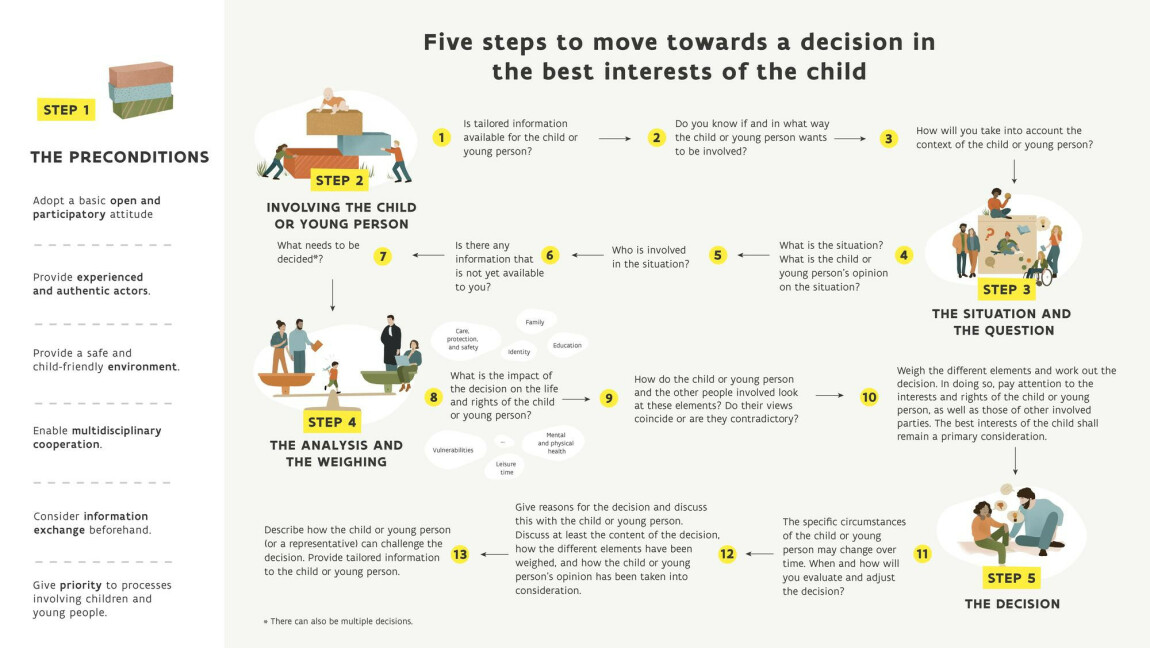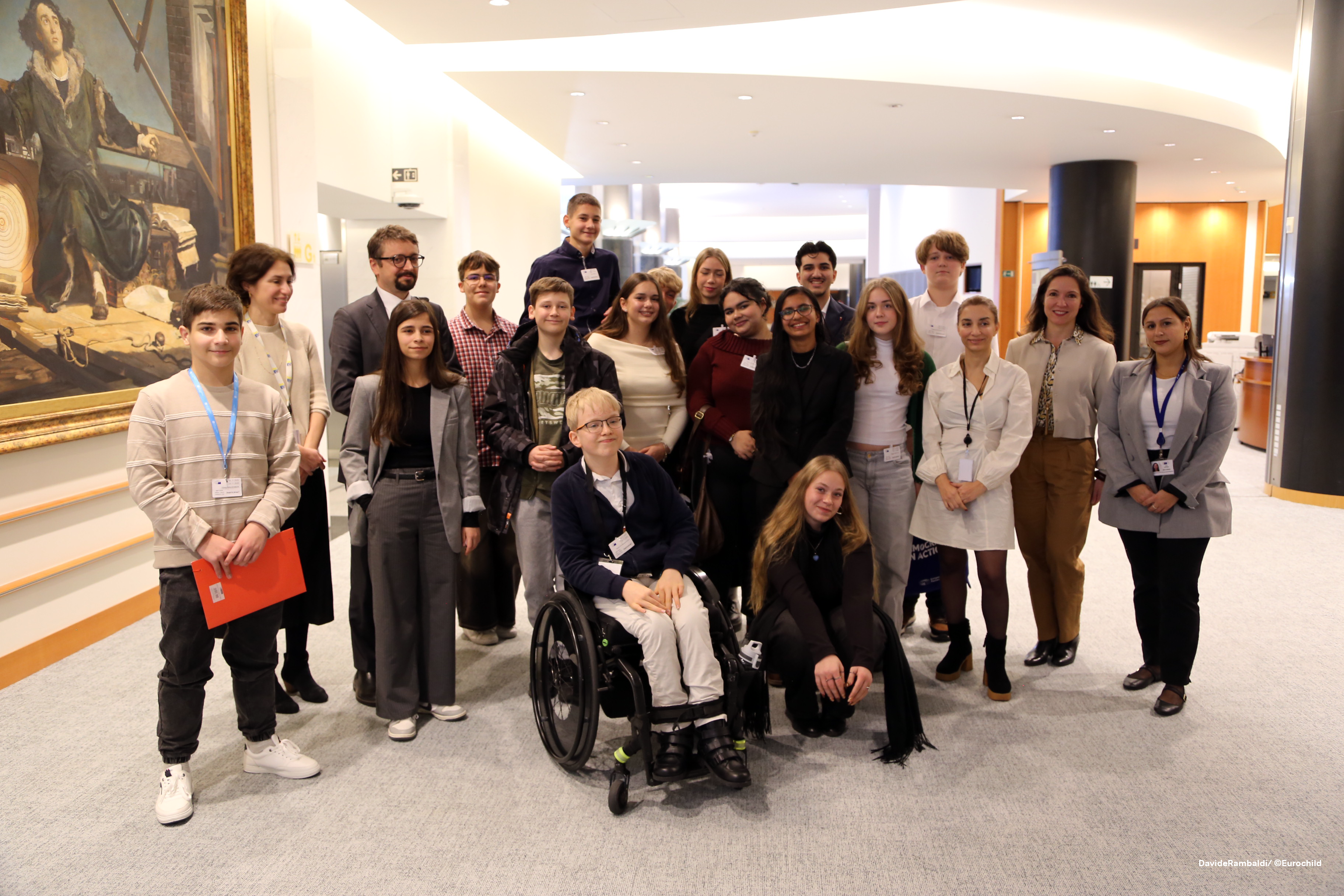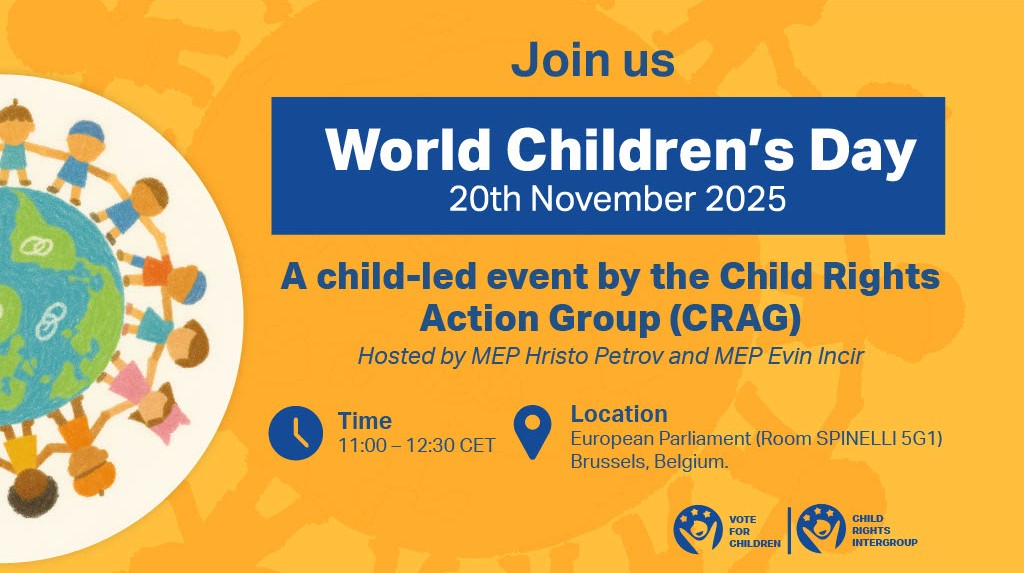Five steps to move towards a decision in the best interests of the child
Eurochild member from Belgium, KeKi and the Flemish Government developed a roadmap for adults to better understand the needs and rights of children.
Which school choice is best for a child or young person with autism? Do you opt for out-of-home placement in a troubling situation involving a young child? How do you handle the views of the child or young person dealing with their parents’ divorce? As a youth worker, how do you deal with drug use among young people in a youth centre in a socially vulnerable neighbourhood?
Applying the best interest of the child is a challenging task and there is no unambiguous definition of the best interest of the child, nor are there many applicable tools to implement this principle. This can be particularly challenging when dealing with children in vulnerable situations.
The roadmap created by KeKi (Children's Rights Knowledge Centre) is a reflection tool that guides adults as they weigh up different elements and perspectives. On 30 November KeKi co-organised a webinar with CREAN, the Children’s Rights European Academic Network to present the roadmap and to enhance the understanding of the principle of ‘the best interests of the child’ as a fundamental right for children as stated in the Article 3.1 of the Convention on the Rights of the Child.
As highlighted by Dr. Aisling Parkes, from University College Cork, the old approach towards implementing the child’s best interests, was based on the welfare principle. The welfare principle starts from what adults think should be in the best interests of the child and is therefore rather paternalistic in nature. Nowadays, there is a culture shift towards a children’s rights perspective on the best interests of the child principle, which means that one starts from the child’s perspective and views. Yet, this can be particularly challenging when the best interests of the child must be balanced against other interests.
Download the resources:




